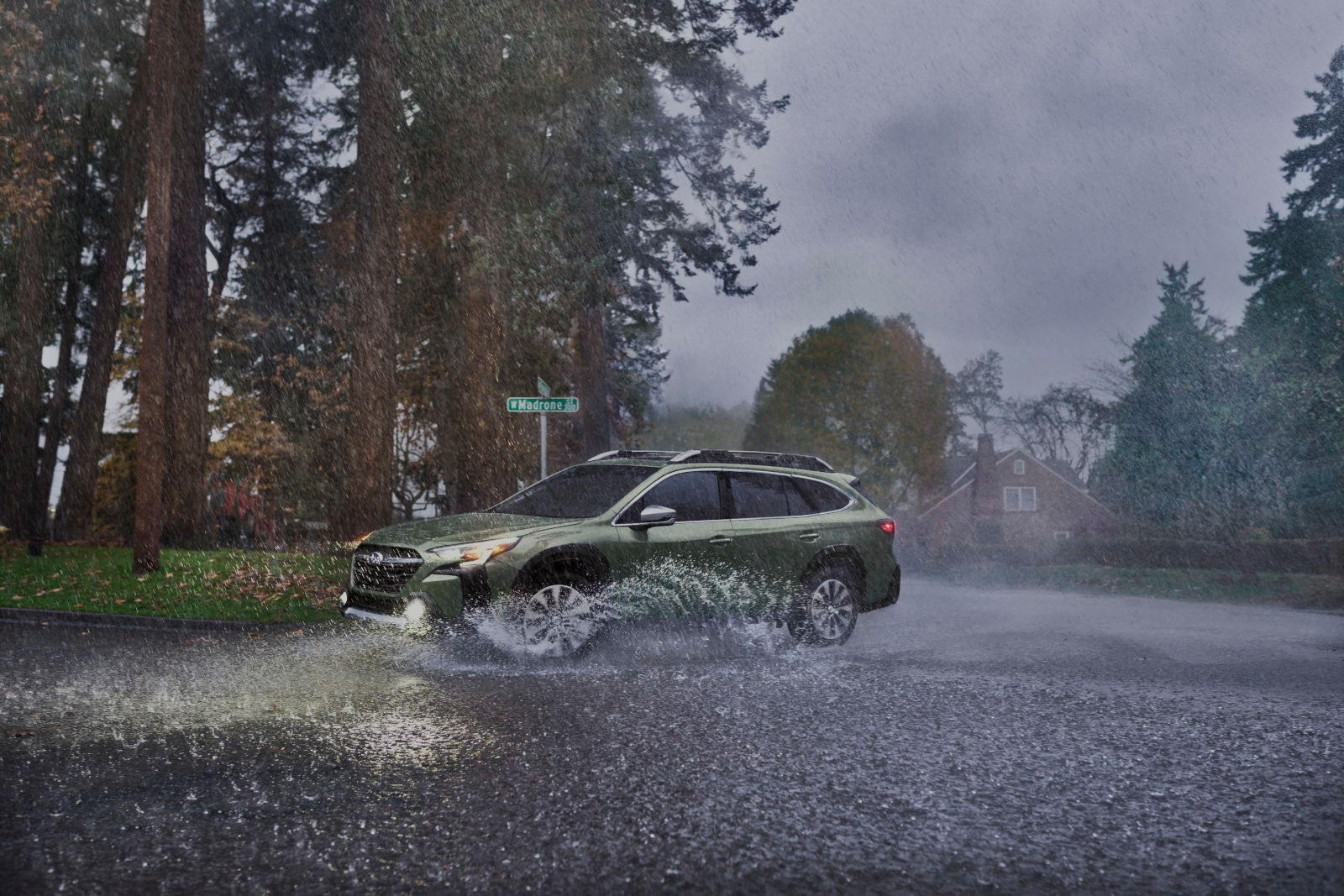The Subaru EyeSight System Explained
September 20 2022,

Subaru vehicles are some of the safest in the industry due mainly to the availability of the advanced EyeSight driver assistance system. Here is how it works.
Preventing collisions from the front
One of the key parts of the Subaru Eyesight system is its ability to see obstacles in front of the vehicle due to its two cameras that constantly look at the road ahead. This system is capable of keeping the car at a safe distance from the vehicles in front when using adaptive cruise control, but it can also warn the driver and apply the brakes automatically to avoid a potential collision with another car, a pedestrian, or a cyclist. Even when the vehicle is stopped, Eyesight continues to increase the safety of Subaru models by preventing accelerations when there are obstacles in front of the vehicle, thus reducing the risks of an unintended acceleration when the driver hits the wrong pedal.
Keeping the car in its own lane
In addition, the Subaru EyeSight system takes into account the position of the vehicle relative to the lane markings in order to warn the driver when drifting out of the lane occurs in order to prevent the vehicle from driving off the road or side-swiping another car. Another technology that helps prevent these types of accidents is the Blind spot monitoring system, which uses sensors to determine when the blind spots on each side of the vehicle are occupied by another road user.
Keeping the driver alert
To increase the safety of Subaru vehicles even further, the EyeSight system is complemented by a driver monitoring feature in a number of models. This technology uses a camera inside the vehicle that follows the driver’s head and eye movement in order to determine their level of attentiveness. If inattention signs are detected, this system will warn the driver to pay closer attention to the road or to stop and have a rest before they risk causing an accident.

